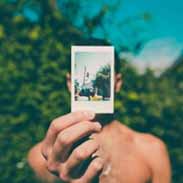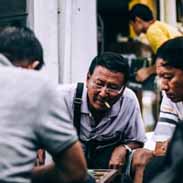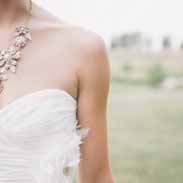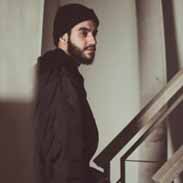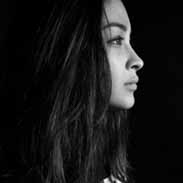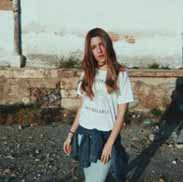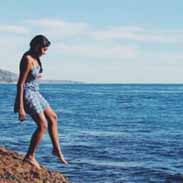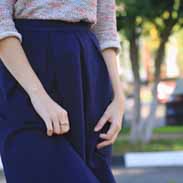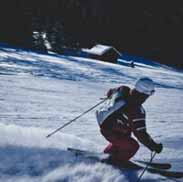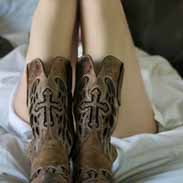Jan Van Eyck Flashcards, test questions and answers
Discover flashcards, test exam answers, and assignments to help you learn more about Jan Van Eyck and other subjects. Don’t miss the chance to use them for more effective college education. Use our database of questions and answers on Jan Van Eyck and get quick solutions for your test.
What is Jan Van Eyck?
Jan Van Eyck was a Netherlandish painter who lived from 1390 to 1441. He is widely recognized as one of the most influential Northern European painters of the 15th century, and is credited with establishing the Flemish school of painting.Van Eyck was an incredibly prolific artist, producing religious works, portraits, and landscapes in his career. His early work focused mainly on religious subjects; however, he later moved towards more secular works such as portrait commissions for private patrons. He also worked on illuminated manuscripts and stained glass windows for churches throughout Europe. Van Eyck is best known for his groundbreaking use of oil painting techniques that allowed him to create highly detailed works with a very realistic style. He was able to capture light in a way that had not been seen before in Northern European art, creating shadows and highlights that made his paintings look remarkably lifelike. His use of oil paints also allowed him to experiment with colors that had not been used before by other artists at the time. Van Eyck’s influence can be seen in many later painters such as Jan Brueghel the Elder and Pieter Brueghel the Younger who followed his lead in exploring oil painting techniques. His meticulous detail and highly realistic style have earned him an enduring place among some of the greatest artists of all time.


